A Metal Detectorist Found an Incredibly Rare 1,000-Year-Old Gold Coin Depicting Jesus
A remarkable discovery was made in Vestre Slidre, Norway, where a metal detectorist unearthed a rare Byzantine gold coin.
This coin, approximately 1,000 years old, features a depiction of Jesus Christ on one side and the Byzantine emperors, Basil II and Constantine VIII, on the other. The discovery is significant due to its historical and geographical relevance, linking the Byzantine Empire to Norway.
A Testament to Byzantine Artistry
The gold coin, known as a “histamenon nomisma,” showcases intricate artistry. On one side, it depicts Jesus Christ holding the Bible.
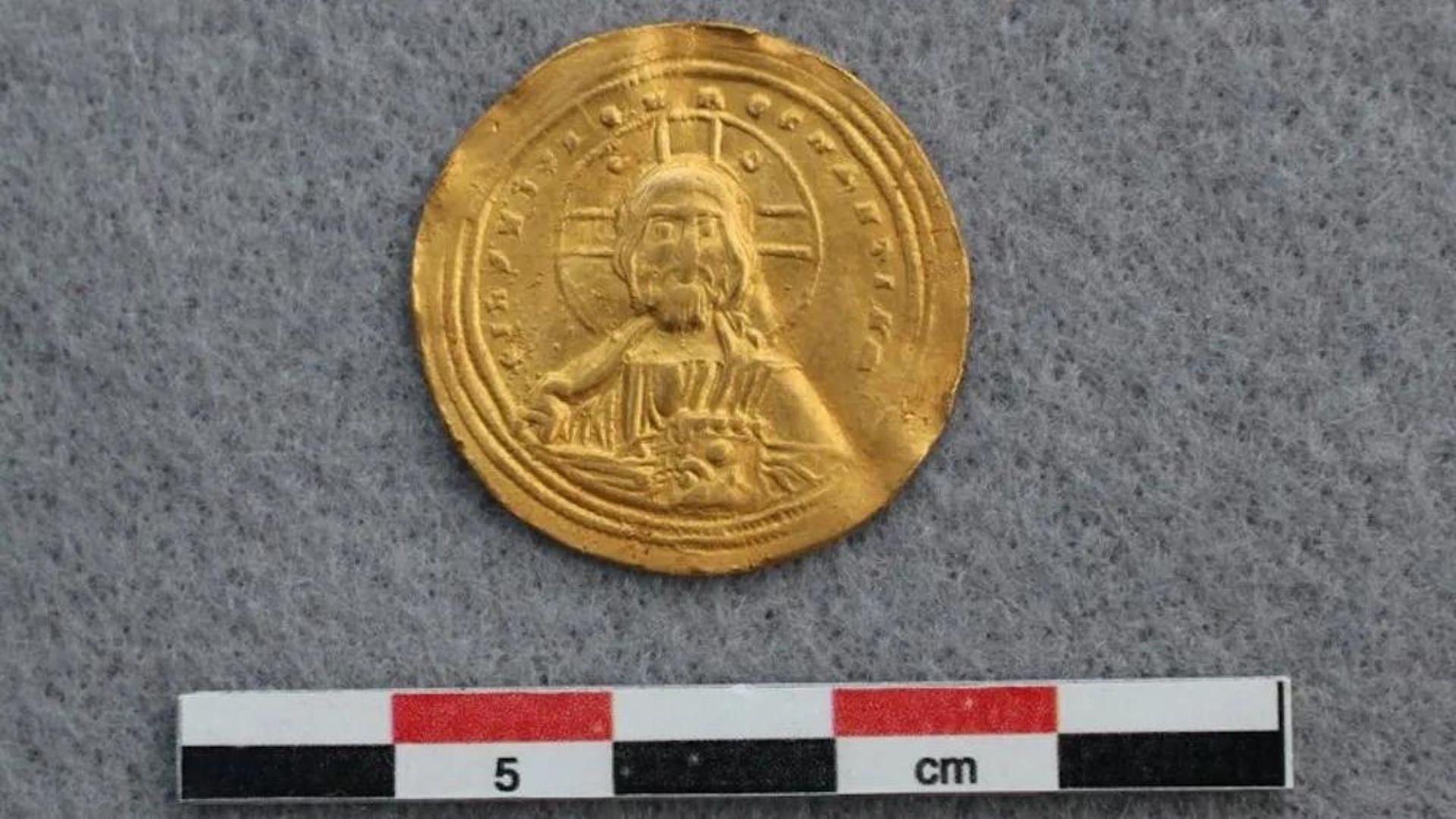
Source: Martine Kaspersen/Innlandet Fylkeskommune
The reverse side features the images of the Byzantine emperors Basil II and Constantine VIII, representing the political power of the time. This coin is a remarkable example of Byzantine craftsmanship and iconography.
Tracing the Coin's Journey: From Byzantium to Scandinavia
The journey of this coin from the Byzantine Empire to a remote Norwegian region is a subject of fascination for historians.
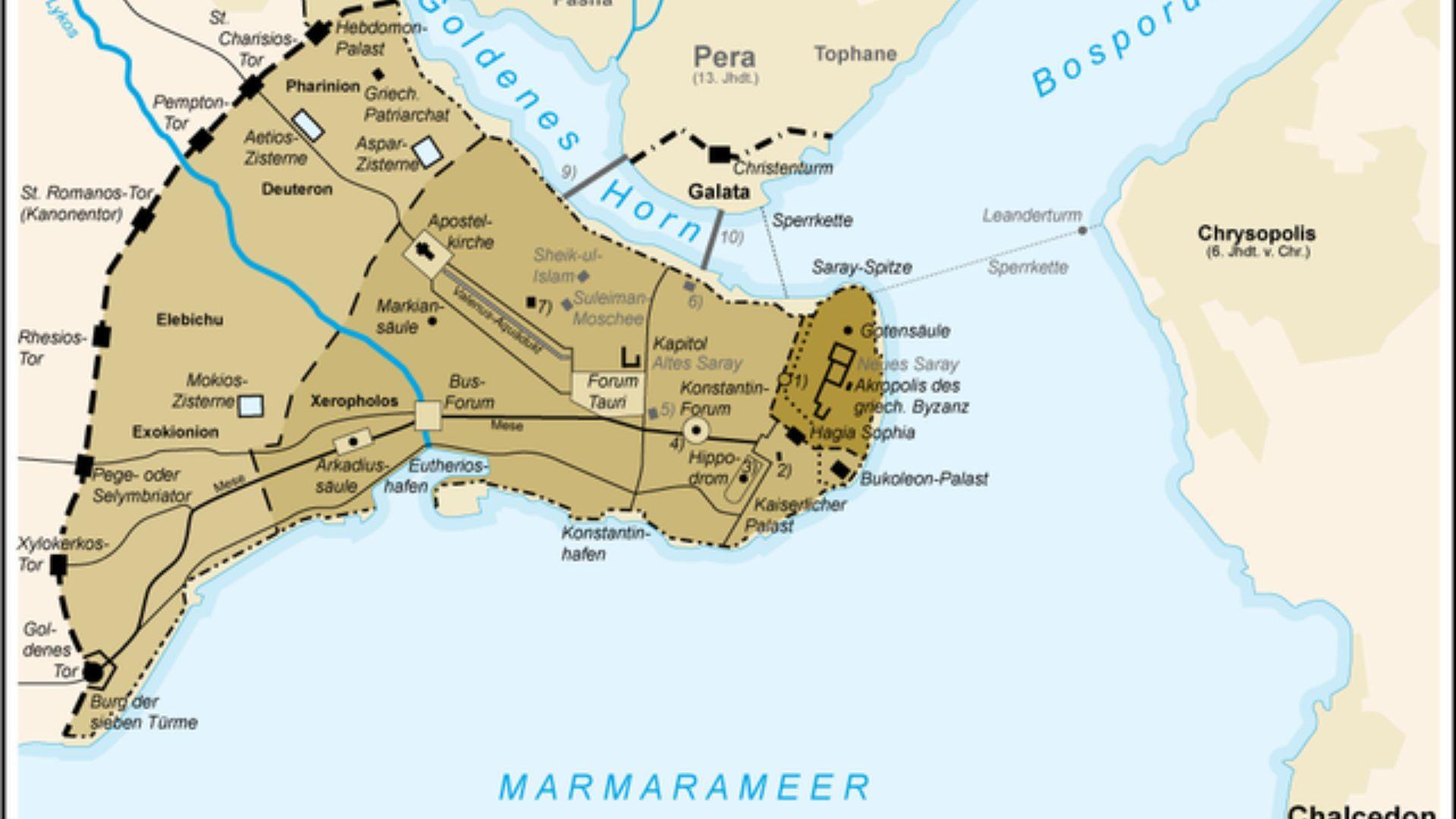
Source: Wikimedia Commons
Minted in Constantinople (present-day Istanbul) between 977 and 1025 C.E., the coin’s presence in Norway indicates extensive historical trade routes or connections between these distant regions.
A Coin Untouched by Time
Upon discovery, experts were astonished by the coin’s condition. Despite being lost for possibly a millennium, it appeared largely unchanged.
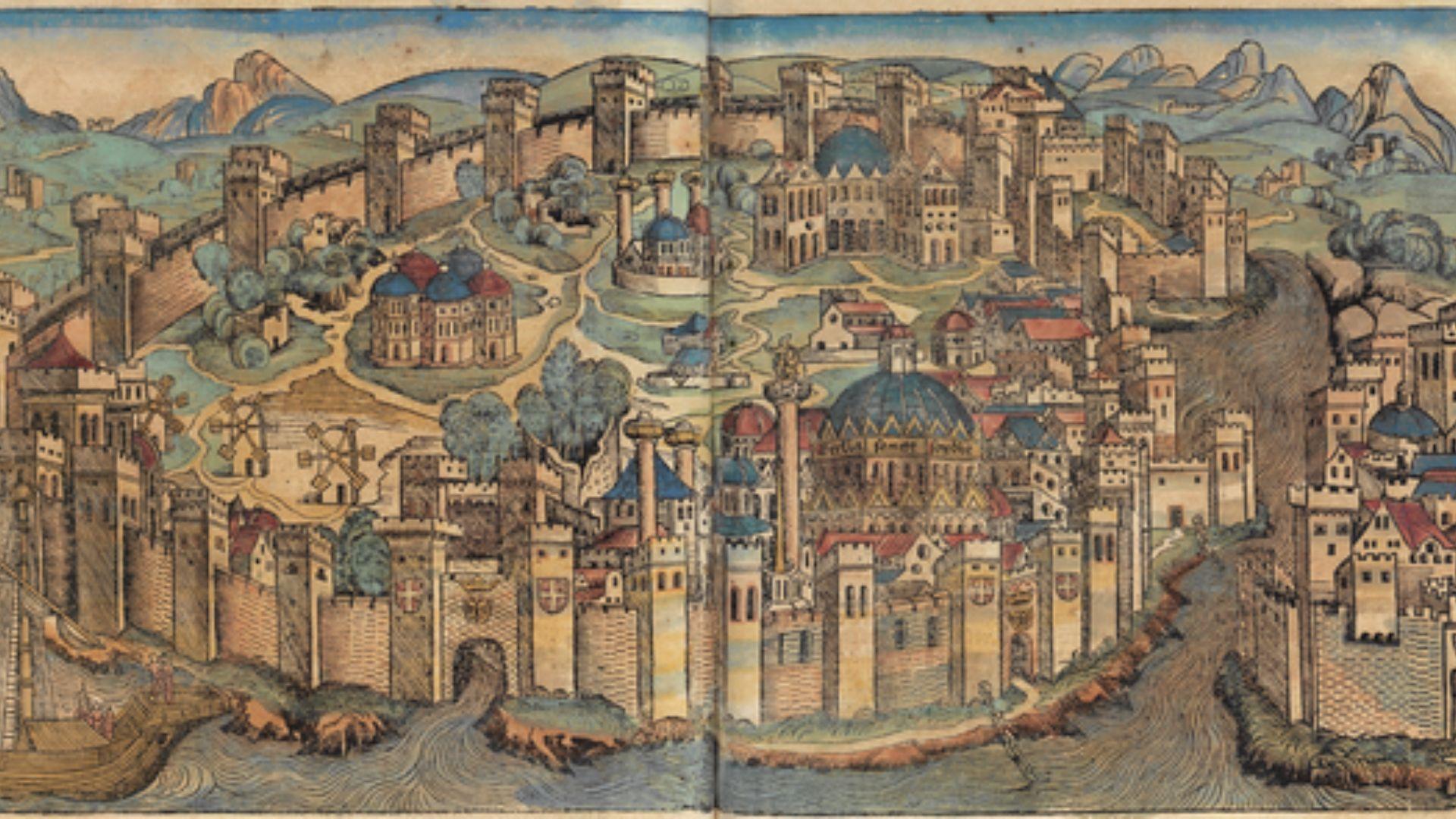
Source: Wikimedia Commons
This level of preservation provides a unique opportunity to study the coin’s features in detail, offering insights into Byzantine minting practices and artistic techniques.
Inscriptions of Power and Faith
The coin carries two distinct inscriptions, one in Latin and the other in Greek.
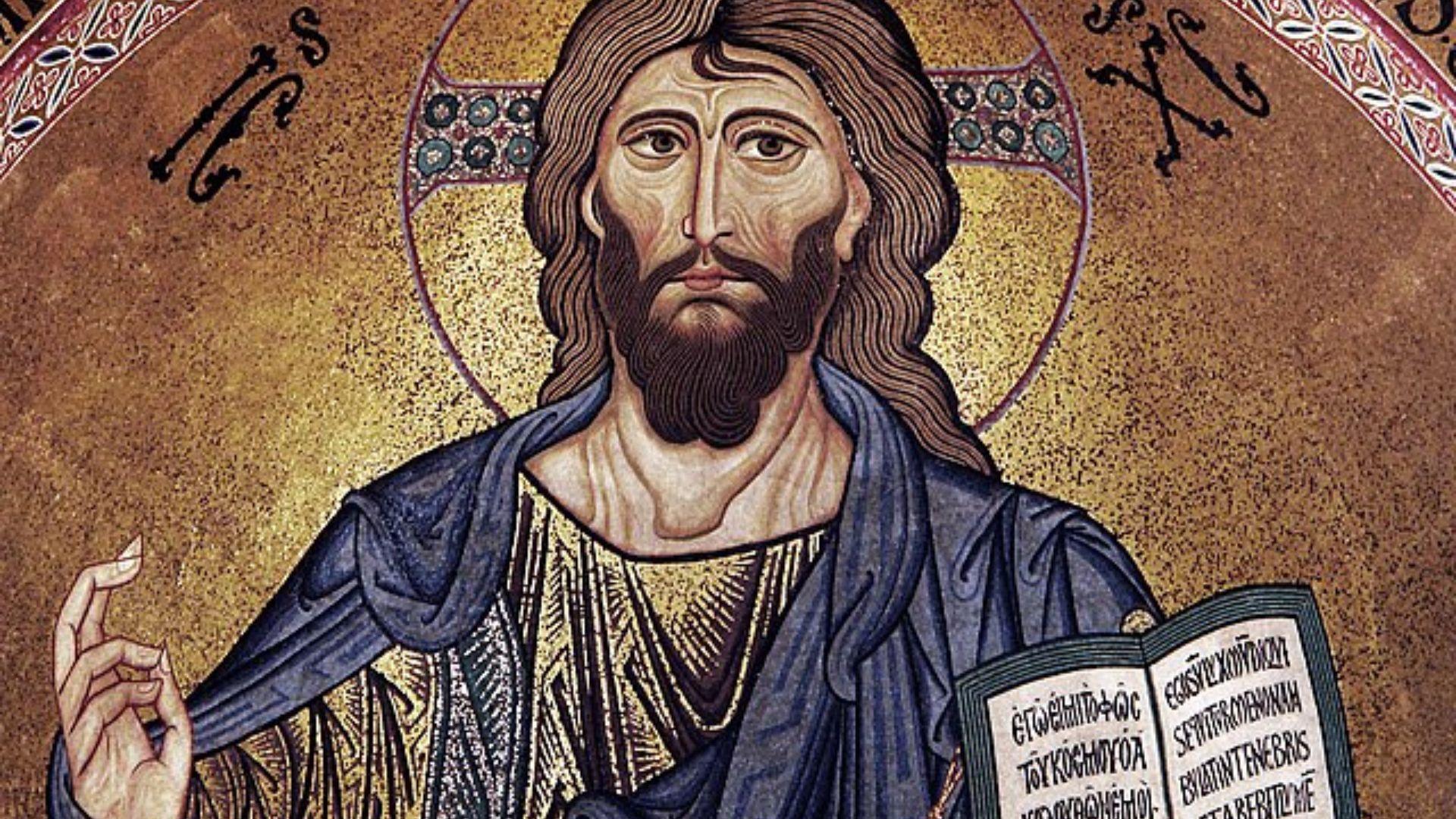
Source: Wikimedia Commons
The Latin inscription reads, “Jesus Christ, King of those who reign,” while the Greek inscription honors “Basil and Constantine, emperors of the Romans.” These inscriptions reflect the religious and imperial authority of the time.
The Harald Hardrada Connection
Researchers speculate a connection to Harald Hardrada, a Norwegian king who previously served as a bodyguard for Byzantine emperors.
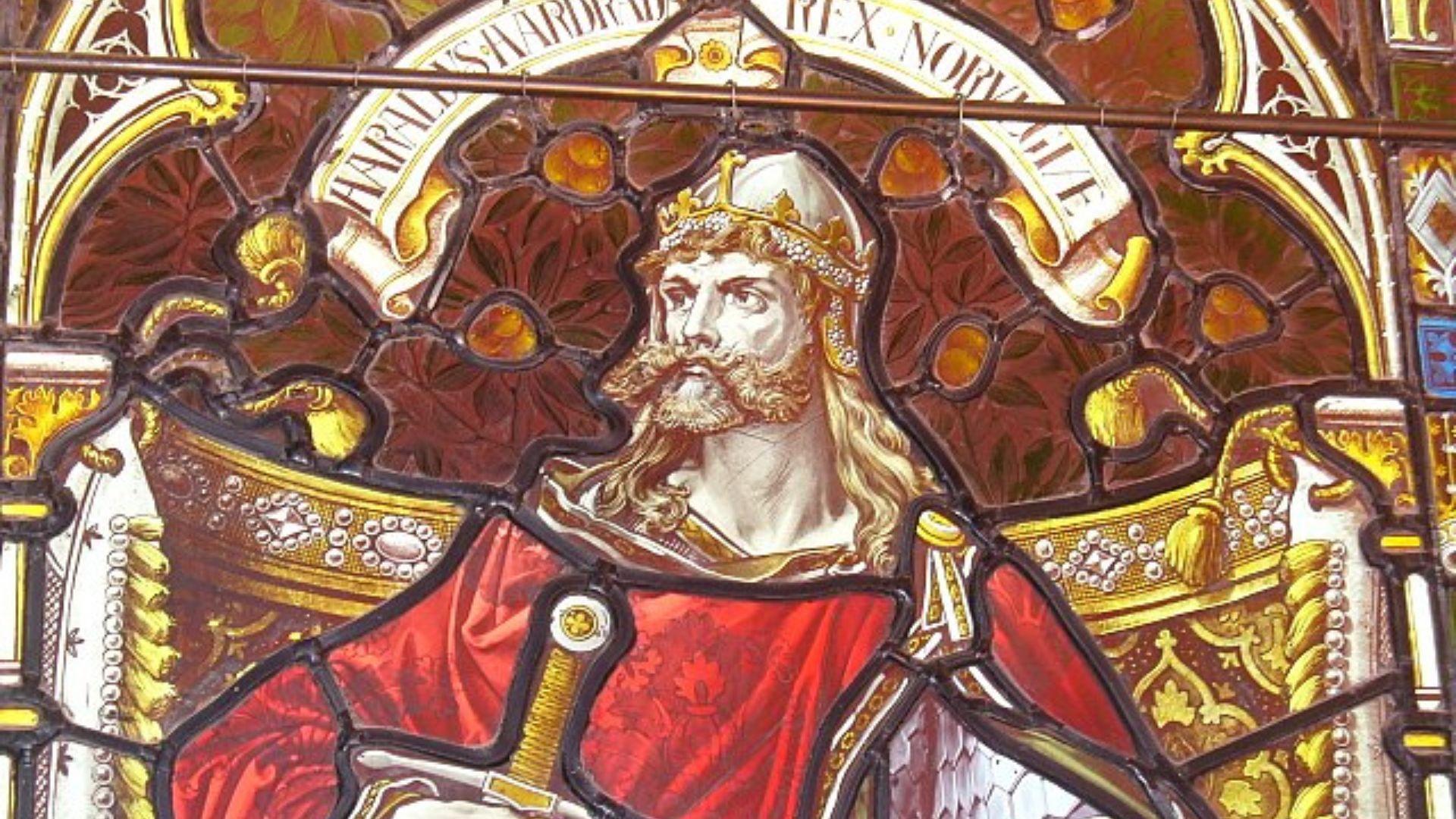
Source: Wikimedia Commons
His presence during periods of palace looting following the death of emperors suggests he might have acquired the coin during his service in the Byzantine Empire.
Theories on the Coin's Arrival in Norway
There are various theories regarding how the coin reached Norway. It could have been part of a dowry sent by Harald Hardrada for a royal marriage, or it might have been involved in trade activities.

Source: Wikimedia Commons
These speculations highlight the coin’s potential role in historical cultural and economic exchanges.
Unraveling the Mystery
Many questions about the coin’s history and journey remain unanswered. Researchers are eager to explore these mysteries further.

Source: Wikimedia Commons
However, due to the seasonal constraints, archaeological follow-up at the discovery site is postponed until 2024, heightening anticipation for potential new findings.
Norwegian Metal Detectorists: Uncovering Hidden Treasures
The discovery of this coin is part of a series of significant finds by metal detectorists in Norway.
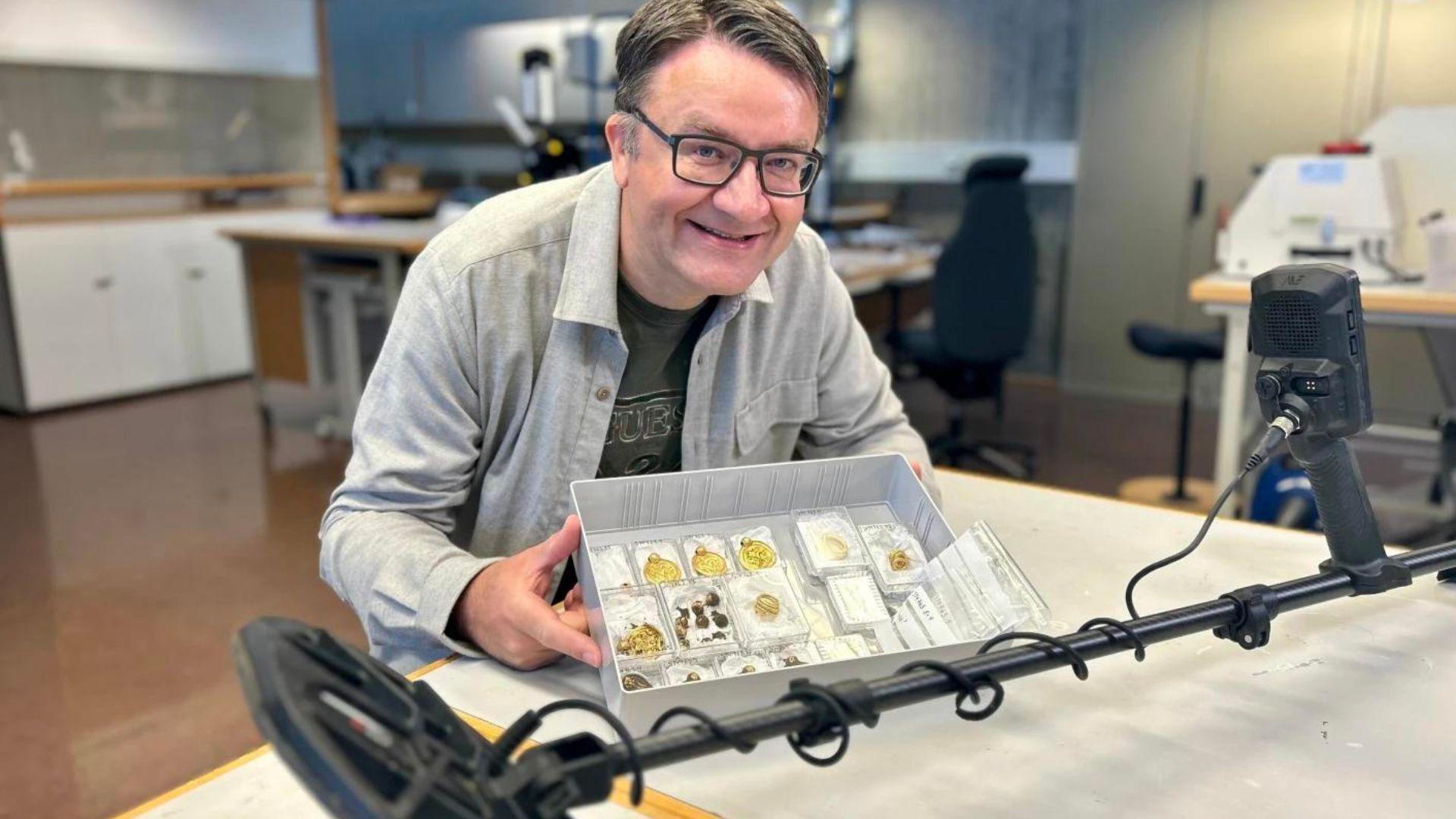
Source: Museum of Archaeology/UiS
These enthusiasts have uncovered various historical artifacts, including a 1,500-year-old gold necklace.
The Coin's Historical Significance
This Byzantine gold coin is not just a monetary artifact; it represents a tangible connection to historical events and cultures.

Source: Wikimedia Commons
Its discovery in Norway sheds light on the far-reaching influence of the Byzantine Empire and the interconnectedness of ancient European societies.
Metal Detecting in Norway
Metal detecting in Norway has proven to be more than a hobby; it’s a means of exploring and uncovering the country’s historical legacy.

Source: Roger Starnes Sr/Unsplash
Each discovery made by these enthusiasts brings to light new aspects of ancient European history, bridging the gap between past and present.
The Importance of Historical Artifacts
The unearthing of the Byzantine gold coin in Norway highlights the importance of preserving historical artifacts.
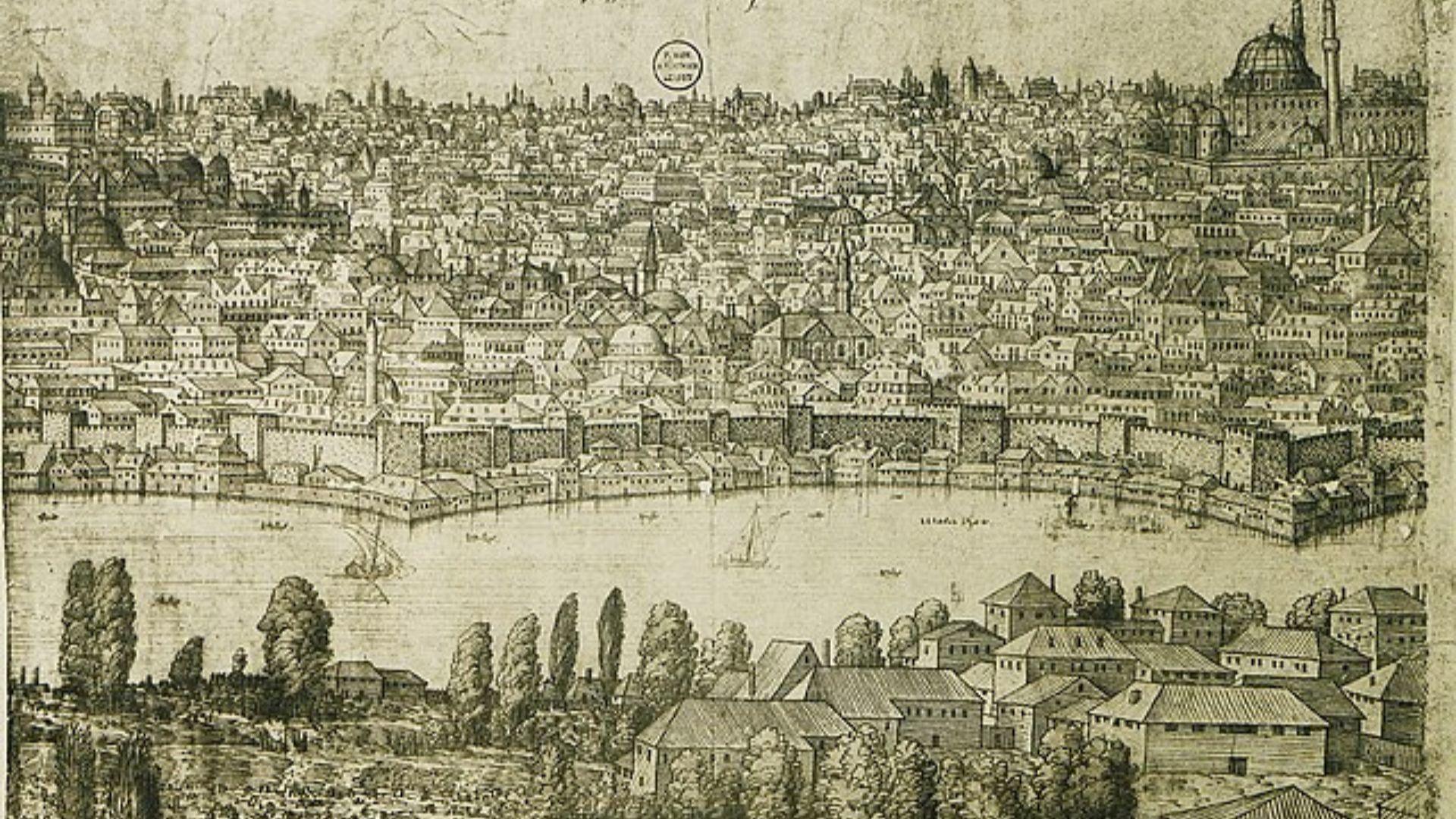
Source: Wikimedia Commons
These relics serve as crucial links to our past, offering insights into the lives, cultures, and interactions of ancient civilizations. They are vital tools for understanding our shared human history.
